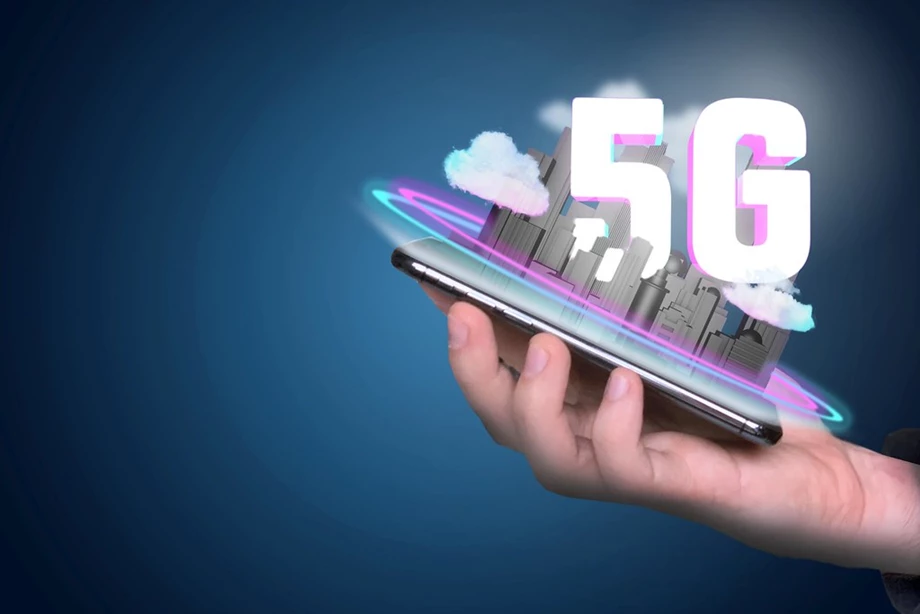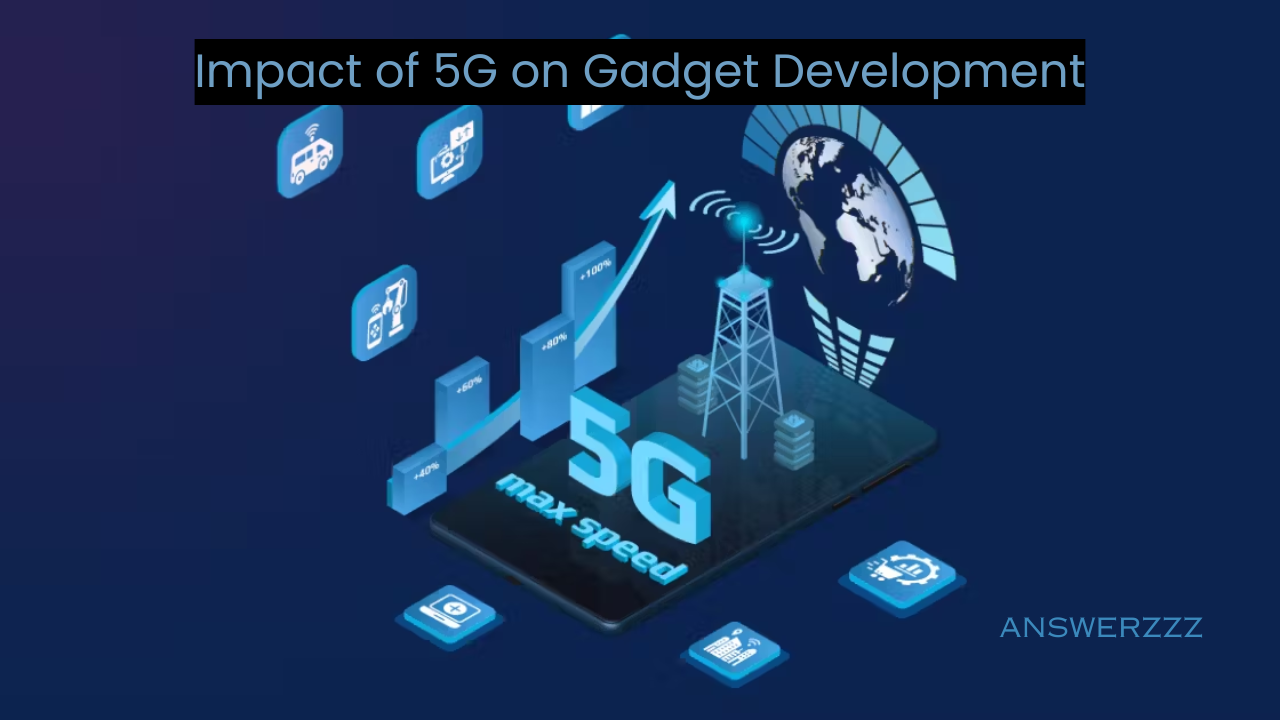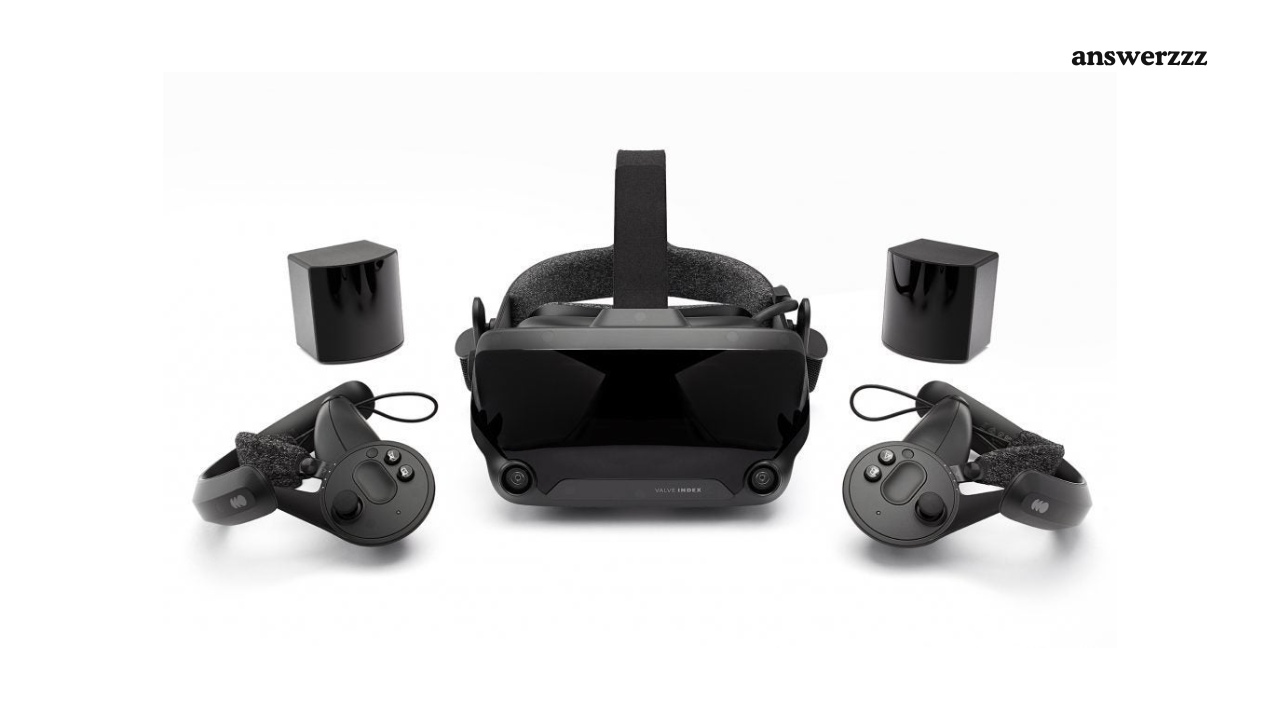The rollout of 5G technology is not just a significant leap in mobile connectivity; it represents a paradigm shift that is poised to redefine the landscape of gadget development. With its unparalleled speed, reduced latency, and the ability to connect more devices simultaneously, 5G is facilitating innovations across various sectors, including smartphones, wearables, and smart home devices. As manufacturers adapt to these advancements, we witness a trend toward more sophisticated, responsive, and interconnected gadgets that are capable of delivering enhanced user experiences. This article delves into the profound impact of 5G technology on gadget development, exploring how it is shaping the future of consumer electronics and altering the way we interact with technology in our daily lives.
Understanding 5G Technology
Before examining the impact of 5G on gadget development, it’s essential to understand what 5G technology entails. Fifth-generation wireless technology, or 5G, is designed to deliver faster data speeds, improved reliability, and a higher capacity for devices. With download speeds reaching up to 10 Gbps, 5G is up to 100 times faster than its predecessor, 4G LTE. This speed allows for the rapid transfer of large amounts of data, making it an ideal backbone for applications that require real-time communication, such as virtual reality (VR), augmented reality (AR), and the Internet of Things (IoT). Moreover, the reduced latency of 5G, which can be as low as one millisecond, facilitates seamless interactions between devices, enhancing their overall performance and usability.
Enhanced Smartphone Capabilities
The most immediate effect of 5G technology on gadget development is evident in the smartphone market. As leading manufacturers race to produce 5G-compatible devices, we see significant advancements in smartphone capabilities. These devices are equipped with more robust processors, improved battery life, and advanced camera systems that leverage the enhanced data speeds offered by 5G. For instance, 5G enables high-definition video streaming, allowing users to watch 4K and even 8K content without buffering. Furthermore, the high-speed connectivity facilitates cloud gaming, where users can play resource-intensive games directly from the cloud, eliminating the need for powerful hardware.
5G is also transforming the way apps are developed and utilized. With faster download and upload speeds, developers can create more sophisticated applications that utilize real-time data. For example, social media platforms are now incorporating features like live-streaming in higher resolutions, making the user experience richer and more engaging. In addition, 5G’s ability to support augmented reality applications is paving the way for innovative experiences in gaming and social interaction, allowing users to blend the digital and physical worlds seamlessly.
Revolutionizing Wearable Technology
The impact of 5G extends beyond smartphones; it is also revolutionizing wearable technology. Smartwatches and fitness trackers are becoming increasingly sophisticated, integrating advanced health monitoring features and real-time data sharing capabilities. With 5G, these devices can transmit health data instantly to healthcare providers, enabling timely interventions and personalized care. For example, wearables equipped with 5G can continuously monitor heart rates, blood pressure, and other vital signs, alerting users and medical professionals to any anomalies without the need for a smartphone.
Moreover, 5G enhances the functionality of wearables by enabling features like on-device streaming and real-time navigation. Users can stream music and videos directly on their smartwatches without relying on their smartphones, which improves convenience and accessibility. As developers continue to innovate, we can expect to see a wider range of applications for wearables, including advanced fitness tracking, telehealth services, and smart personal assistants that leverage 5G’s capabilities.
The Rise of Smart Home Devices
5G technology is also playing a crucial role in the development of smart home devices. As the number of connected devices in homes continues to rise, 5G’s high bandwidth and low latency make it an ideal solution for managing multiple devices simultaneously. Smart home gadgets, such as smart speakers, thermostats, security cameras, and lighting systems, can now communicate more effectively and respond to user commands in real-time. This enhanced interconnectivity creates a seamless and integrated smart home experience.

For instance, smart security systems can utilize 5G to transmit high-definition video feeds without delay, allowing homeowners to monitor their properties in real-time from anywhere in the world. Additionally, 5G enables smart appliances to operate more efficiently by optimizing their energy consumption based on real-time data and user preferences. As consumers increasingly adopt smart home technology, manufacturers are compelled to innovate and develop devices that harness the full potential of 5G connectivity.
Impact on the Internet of Things (IoT)
The Internet of Things (IoT) is one of the areas most significantly impacted by 5G technology. With the ability to connect millions of devices simultaneously, 5G is driving the proliferation of IoT applications across various sectors, including healthcare, transportation, and agriculture. Smart sensors and devices can now communicate with one another in real-time, collecting and sharing data that can be analyzed to improve efficiency and decision-making processes.
In the healthcare sector, for example, IoT devices equipped with 5G connectivity can monitor patients’ health remotely, allowing for proactive care and timely interventions. In agriculture, smart sensors can optimize irrigation systems and monitor soil conditions, enhancing crop yields and reducing waste. The ability of 5G to support vast networks of interconnected devices is transforming industries and enabling new business models centred around data-driven insights.
Future of Automotive Technology
Another area where 5G is making a significant impact is in the automotive industry. As vehicles become increasingly connected, the need for reliable and high-speed communication is paramount. 5G technology facilitates vehicle-to-everything (V2X) communication, enabling vehicles to communicate with each other, infrastructure, and pedestrians. This capability enhances road safety, reduces traffic congestion, and enables the development of autonomous vehicles.
For example, V2X communication allows vehicles to share information about road conditions, traffic signals, and potential hazards in real-time. This information can be used to adjust driving behavior, improving safety and efficiency. Additionally, the integration of 5G in vehicles enables advanced infotainment systems that provide passengers with high-speed internet access, allowing for seamless streaming and connectivity during travel.
Challenges and Considerations
Despite the immense potential of 5G technology in gadget development, several challenges remain. The rollout of 5G networks requires significant investment in infrastructure, including the installation of numerous small cells to ensure coverage and reliability. Additionally, the transition from 4G to 5G will require manufacturers to adapt their products and services to leverage the new technology fully.
Another consideration is the need for enhanced security measures as the number of connected devices increases. With more gadgets connected to the internet, the risk of cyberattacks also rises. Manufacturers must prioritize security in their designs, implementing robust encryption and authentication protocols to protect users’ data and privacy.
The Role of Developers and Manufacturers
The success of 5G in gadget development hinges on the collaboration between developers, manufacturers, and service providers. Developers must create applications that harness the capabilities of 5G, while manufacturers must design gadgets that can leverage these advancements effectively. As the market for 5G-enabled devices continues to expand, partnerships between tech companies, telecom providers, and app developers will be crucial in driving innovation and ensuring a seamless user experience.
Moreover, consumer feedback will play a vital role in shaping the future of gadget development. As users experience the benefits of 5G technology, they will likely demand more advanced features and functionalities from their devices. Manufacturers must stay attuned to consumer needs and preferences, continually innovating to meet the evolving expectations of the market.
The impact of 5G technology on gadget development is profound and far-reaching. From smartphones and wearables to smart home devices and automotive technology, 5G is reshaping the way we interact with technology and each other. As manufacturers adapt to the new capabilities offered by 5G, we can expect to see a wave of innovative gadgets that enhance our daily lives, improve connectivity, and streamline communication. However, as the industry embraces these advancements, it must also address the associated challenges, ensuring that security and infrastructure keep pace with the rapid development of new technologies. Ultimately, the successful integration of 5G into gadget development promises to unlock new possibilities, ushering in a new era of connectivity and innovation.





